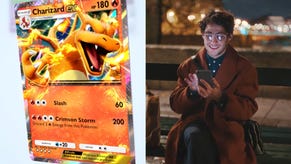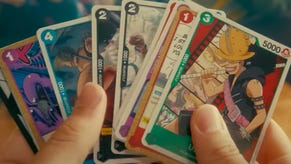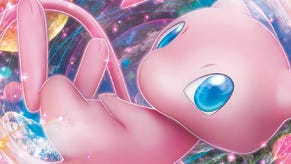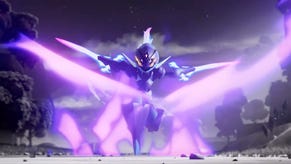Pokémon TCG had a Game Boy sequel that never released outside Japan - and we’ve played it
Prepare for trouble.
Pokémania hit the world in the ‘90s, sparking a Pokémon TV show, trading card game and collectables galore. A few years after the Pokémon TCG made its tabletop debut in 1996, a Game Boy Color game based on the card game came out in Japan, which the UK and North America eventually saw in 2000. Though it used a few assets from the mainline Pokémon video games, the Pokémon Trading Card Game video game wasn’t based in the same world - or even a world where Pokémon were real. Instead, it took place in a world closer to our own, where the Pokémon card game was the only thing that mattered. The Game Boy game included cards from the TCG’s Base, Fossil and Jungle sets, with a total of 226 cards available for kids to collect.
A year after UK and US fans were enjoying the game, a sequel came out in Japan in 2001 titled Pokémon Card GB2: Here Comes Team GR! This game saw an expanded story mode involving the evil organisation stealing not only cards, but capturing people too. The sequel featured the same set of cards as the first game, plus the Team Rocket set of cards from the TCG and a few more, which increased the overall available number of cards to 445.
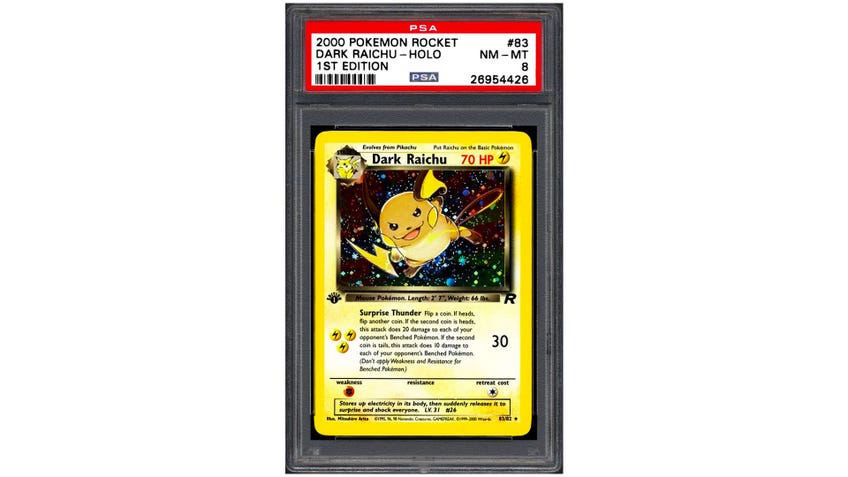
The Team Rocket set was the first time we ever saw ‘dark’ Pokémon cards, which had menacing artwork and tended to have lower HP than their counterparts in return for stronger moves that dealt more damage. Standout cards included Dark Raichu - which at the time of the video game’s release wasn’t even available in card form. The Pokémon Company was unsure about making a ‘dark’ card for the evolution of the series’ cuddly mascot Pikachu but ultimately decided to go for it. Another was the banned Grimer artwork card, which featured an image of the sludge Pokémon coming up from a manhole and peeping up a passerby’s skirt. Overseas the card was changed to have Grimer’s eyes looking front-and-centre rather than upwards, but this wasn’t changed in its depiction in Pokémon Card GB2.
The Team Rocket series was also the first time we saw a holographic trainer card. Trainer cards always were on the backburner when it came to being shiny until the Here Comes Team Rocket card from the Team Rocket set, which featured artwork of Jessie, James and Meowth from the TV show.
Apart from the Team Rocket expansion, other sets of cards were included. These were mostly Japanese-only sets, such as the Lugia and Great Rocket’s Mewtwo cards that came bundled with the game, and the Intro Pack, which had 15 exclusive cards. The biggest addition to the game that wasn’t from the Team Rocket set was ‘Expansion Sheet’ cards, dubbed as the "Vending Machine series" by fans.
These were not a normal set of Pokémon cards, distributed through vending machines in Japan, and were unique due to being glossy rather than the standard card material. The series had 127 cards but excluded gag cards such as Ooyama’s Pikachu - which had moves including “Pretend to be asleep but attack when your opponent is in an unguarded moment. (Sneaky of you.)” Other cards excluded from Pokémon Card GB2 were cards that introduced new rules, such as the 3 vs 3 Dugtrio Battle card, which involved two teams of three people battling each other one at a time. These were not included in Pokémon Card GB2 due to the difficulty of implementing them into the battle system.
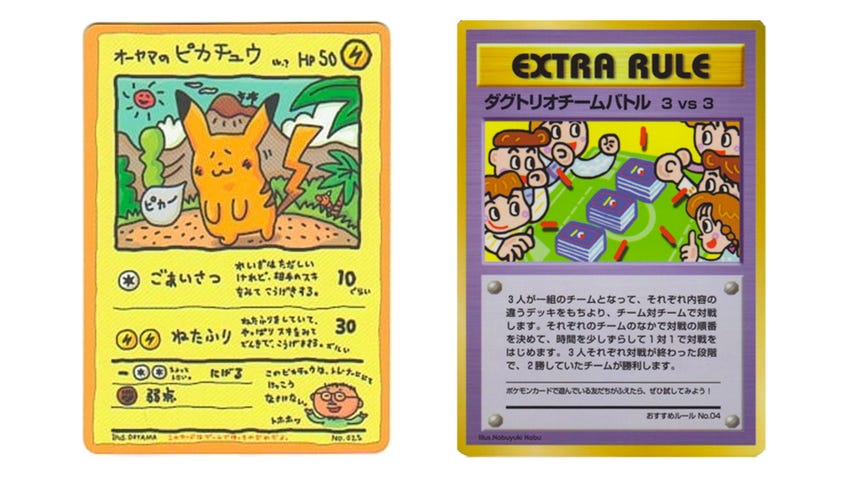
As well as 13 exclusive cards (some of which were later made into real cards), the game featured The Rocket’s Trap, a trainer card from the Gym Heroes set, and Recycle Energy, a card from the Neo Genesis set. Other cards from the same time period as the Team Rocket set that didn’t see an appearance were Owner’s cards, such as cards that had gym leaders such as Brock and Misty in their name. Pokémon Snap-related competitions were run by Japanese TV show 64 Mario Stadium and CoroCoro magazine that saw fans submit photos of Pokémon taken in the Nintendo 64 video game, from which 10 were chosen to be printed as real-life cards. These were also not used - although, funnily enough, cards from another competition which saw fans draw their own artwork were included.
With all these Japanese-only card sets in the game, you may think this - or perhaps the fact it featured a gambling corner - was the reason Here Comes Team GR! wasn’t released worldwide, but you would be wrong. (Gambling was present in the Pokémon games up to the worldwide release of Pokémon Platinum in 2008.) The sequel likely didn’t see a release because it was released on March 28th 2001, a week after the Game Boy Advance console was launched. The Pokémon Company probably had bigger Magikarp to fry with the new Pokémon games on the newer system and left the last Pokémon game on the Game Boy Color to become lost in obscurity.
The video game’s structure is similar to the mainline series of Pokémon titles, as you go from club to club defeating a Club Master in each until you reach the four Grand Masters. I'm sure the similarities to gym leaders and the Elite Four are evident. The only difference is getting from place to place uses fast travel and gets rid of exploration.
As you likely will never play the game, here is its story. (Spoilers!) Pokémon Card GB2 features a tale involving the villainous group Team Great Rocket. Led by King Biruritchi, they go around kidnapping the Grand Masters and stealing people’s Pokémon cards. The game is a direct sequel to the first Pokémon Trading Card Game and continues right after you beat the Grand Masters - which is when Team Great Rocket steals all of your cards, requiring you to start from scratch. The game tasks you with saving all of the Grand Masters by travelling to the new area of GR Island. After beating a total of 16 bosses, comprising Club Masters and Team Great Rocket bosses, you face the original four Grand Masters and then two more mini-bosses until you come up to King Biruritchi himself where you have a best-of-three match. After defeating him you are gifted with a Great Rocket’s Mewtwo card and the credits roll.

Japanese video game magazine Famitsu scored the game 29/40 and, according to Game Data Library, it sold over 65,000 copies. It is a pretty standard game and was heavily inspired by the Team Rocket set of cards and was a natural step to take after the very successful card series, video games and video game about the card series. It was the first Pokémon game to be published by The Pokémon Company, as opposed to the first TCG video game published by Hudson Soft and the mainline series published by Nintendo. Maybe this change was what stopped a possible third game based off the next Pokémon TCG set, Gym Heroes.
For people looking to scratch their Pokémon card game itch there’s always the original Pokémon Trading Card Game on Game Boy Color - which is available on the eShop for Nintendo 3DS, but not the Nintendo Switch - but if you’re looking for something more modern there’s the Pokémon TCG Online app available on PC, iPad and Android. It’s fun yet sad to think about what could have been, but alas this is one game we’ll likely never see leave Japan. Looks like Team Rocket has won this time!





